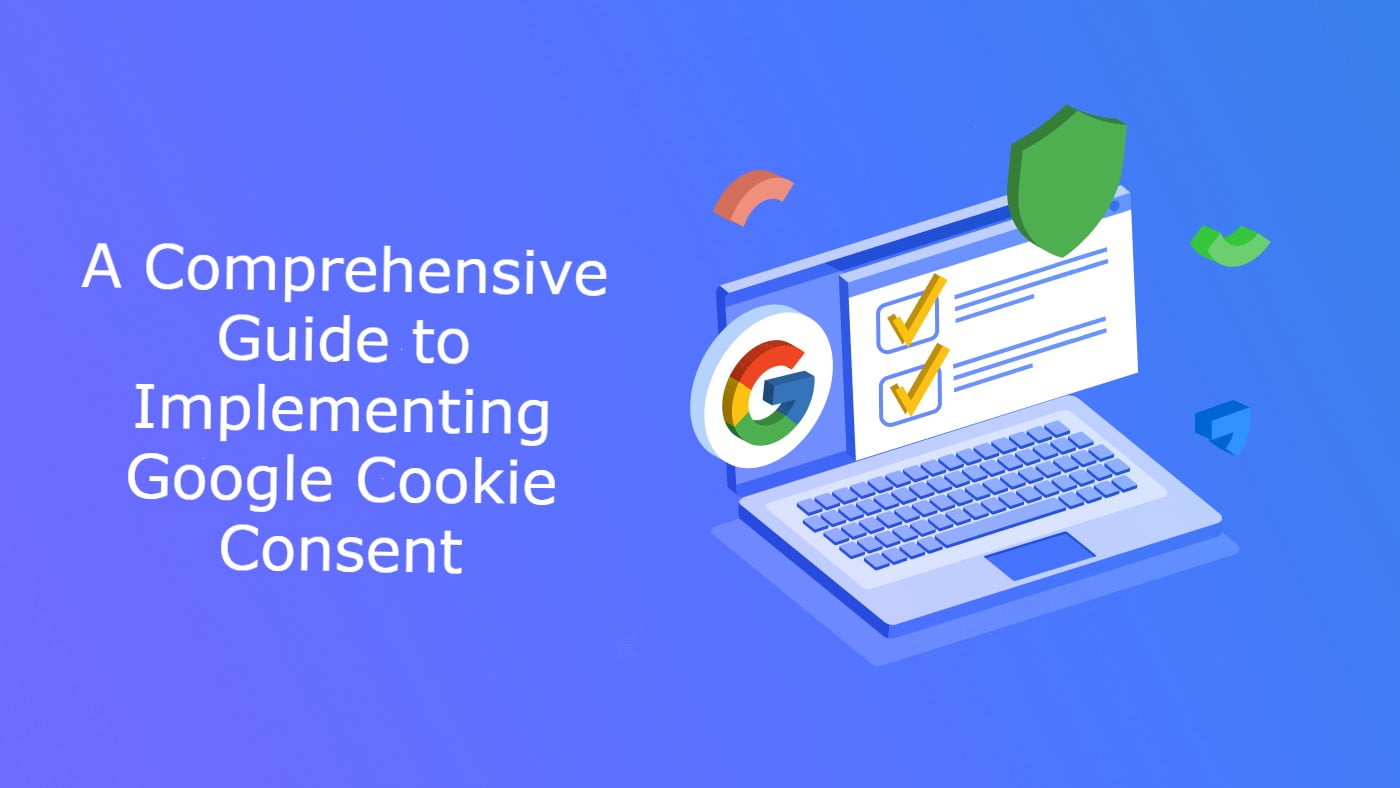In today’s digital age, user privacy has become a significant concern. With the increasing focus on data protection laws and regulations, website owners must ensure that they obtain proper consent from users before setting cookies. Google’s Cookie Consent provides a comprehensive solution for implementing cookie consent mechanisms on websites. In this guide, we will walk through the process of implementing Google Cookie Consent step by step, ensuring compliance with privacy regulations and enhancing user trust.

Table of Contents:
- Understanding Cookie Consent
- Introduction to Google Cookie Consent
- Benefits of Using Google Cookie Consent
- Step-by-Step Implementation Guide
- Customization Options and Best Practices
- Testing and Troubleshooting
- Conclusion
1. Understanding Cookie Consent:
Cookie consent refers to the practice of obtaining explicit consent from website visitors before setting cookies on their devices. This practice is essential for ensuring user privacy and compliance with privacy regulations such as the General Data Protection Regulation (GDPR) and the California Consumer Privacy Act (CCPA). Cookie consent mechanisms typically involve displaying a consent banner or pop-up to users, providing them with information about the types of cookies used and obtaining their consent before setting cookies.
2. Introduction to Google Cookie Consent:
Google Cookie Consent is a solution provided by Google that helps website owners implement cookie consent mechanisms easily and effectively. It offers a customizable consent banner that can be easily integrated into websites, allowing users to manage their cookie preferences and providing transparency about the types of cookies used.
3. Benefits of Using Google Cookie Consent:
Simplified Implementation: Google Cookie Consent provides a straightforward solution for implementing cookie consent mechanisms, reducing the time and effort required for implementation.
Compliance with Privacy Regulations: By using Google Cookie Consent, website owners can ensure compliance with privacy regulations such as GDPR and CCPA, reducing the risk of non-compliance and potential penalties.
Enhanced User Trust: Providing transparent information about cookie usage and allowing users to manage their preferences can enhance user trust and confidence in the website.
4. Step-by-Step Implementation Guide:
Step 1: Obtain the Google Cookie Consent code snippet from the Google Developers website.
Step 2: Insert the code snippet into your website’s HTML code, preferably just before the closing tag.
Step 3: Customize the consent banner appearance, content, and behavior according to your website’s branding and design preferences.
Step 4: Test the implementation across different browsers and devices to ensure compatibility and functionality.
Step 5: Monitor user consent preferences and make adjustments as necessary to maintain compliance with privacy regulations.
5. Customization Options and Best Practices:
Customize the consent banner’s appearance, including colors, fonts, and styles, to match your website’s branding and design.
Clearly communicate the purpose of cookies and provide information about the types of cookies used in the consent banner content.
Provide users with easy-to-understand options for managing their cookie preferences, including the ability to accept or reject specific types of cookies.
Regularly review and update your cookie consent mechanism to ensure compliance with evolving privacy regulations and best practices.
6. Testing and Troubleshooting:
Test the implementation thoroughly across different browsers, devices, and screen sizes to ensure consistent behavior and appearance.
Use browser developer tools to debug and troubleshoot any issues with the consent banner’s functionality or layout.
Monitor user feedback and behavior to identify any potential issues or areas for improvement in the cookie consent mechanism.
7. Conclusion:
Implementing Google Cookie Consent is an essential step in ensuring compliance with privacy regulations and protecting user privacy on your website. By following the steps outlined in this guide and customizing the consent banner to suit your website’s needs, you can enhance user trust and confidence while maintaining compliance with data protection laws.
Looking for implementation of google consent mode v2 in your website?
Let’s Talk Us
